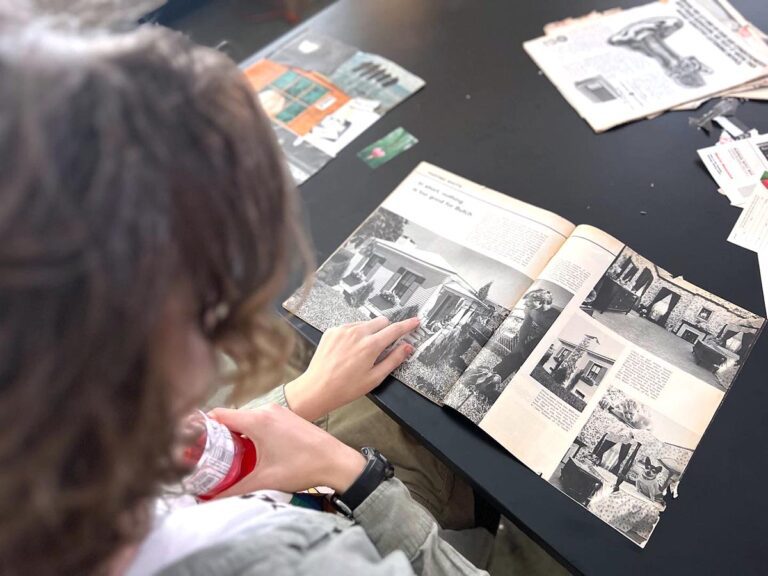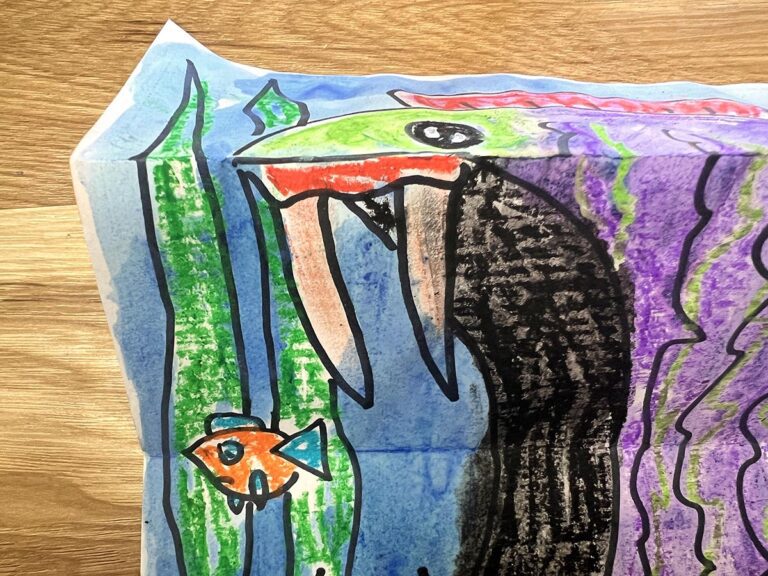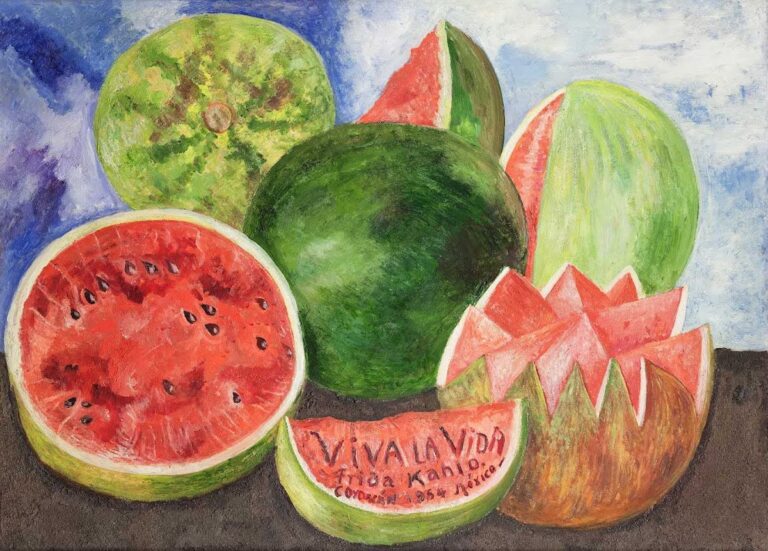Everyone likes Pinterest, but it has produced an art quandary in my life. I kicked off the new semester of my high school art class with a unit on text art. In short, I asked my students to create a work of art using only text. Most students came up with original ideas, but a few students found ideas on Pinterest and wanted to emulate the concepts. I’m sure you have seen the type of projects I’m referring to. Those one-hit wonder Pinterest projects like the melted crayons and string art.
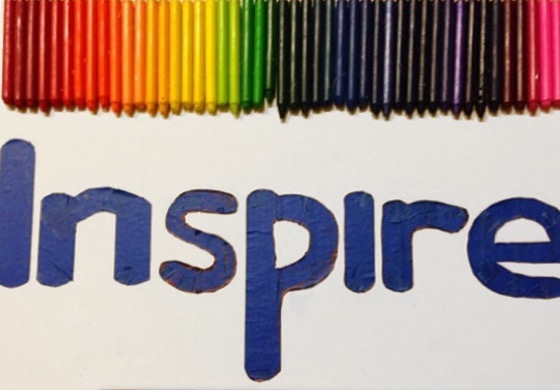
What’s a teacher to do when students want to emulate these types of projects? Is there value in walking through the process or are our students copycats?
Learning Through Emulation?
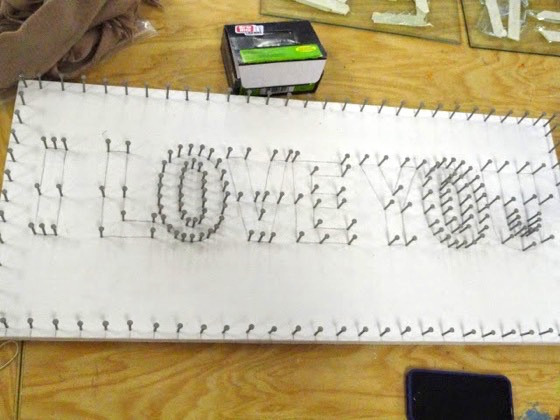
One of my students in particular wanted to use nails and thread to write a saying. At first, I was against the idea. It seemed to me she wanted to copy what someone else had already done. In some ways, it would be. There is something “one time” about these type of Pinterest projects. It’s as if all the importance of the project is wrapped up in the method of construction.
Then I had another thought. While the student would be selecting that medium and copying, in a way, the choice of words and meaning would still be her own. After all, if a student saw a landscape painting online and then wanted to create a landscape painting, I wouldn’t bat an eyelash. Doesn’t the student learn something when going through the process even if the outcome has already been discovered?
Pin It!
Some of the liability for my quandary falls back on me. I have become an advocate for student research. In previous years, when I’ve presented a unit, I did the research myself, collecting examples of art that was related to the topic and then presenting my findings to the class. It was a type of image dump, where I was in control of what the students saw as inspiration.
Recently, I have turned this responsibility over to the students. I explain the unit and show two or three examples but then charge my students with finding ten to twenty examples on their own. In this manner, the students take ownership of the research as well as find art that is meaningful to them. Because of its ease of use, I have encouraged my students to use Pinterest as a method of collecting the requested images. Since I’m not filtering the pins, students will occasionally be inspired and pin these previously mentioned one-hit wonder Pinterest projects.
Be Inspired!
When a student decides to emulate a concept, it becomes an opportunity to discuss influences. All artists are inspired, many by other artists’ work. The great artists are able to use this influence and then transition the work to form their own concepts.
The difference, however, is that the concept in these one-hit wonder type of projects is demonstrated in the method. No matter how the crayons are fashioned to the canvas, a melting crayon project is still about the melting crayons. Can we say our students’ work is inspired if there is no transition occurring and they are not forming their own concepts?
The quandary continued as I considered printmaking. Cutting a linocut is the same process and produces similar results no matter who does it. Though the images created will vary, the method used is the same. If it’s acceptable to copy the process of relief printmaking, why isn’t it OK to copy the process used to create string art or melted crayon art?
My Quandary Resolution
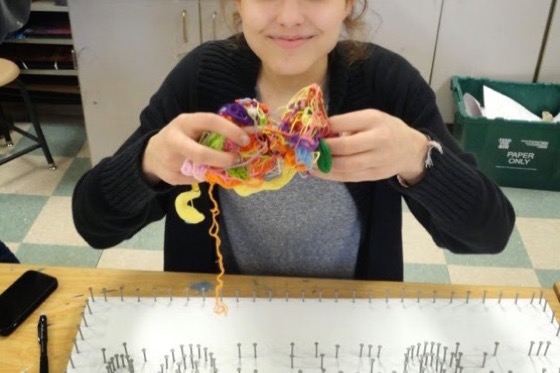
In the situation mentioned, I didn’t want to second-guess the student who desired to create the string art. Yes, I had concerns regarding the originality of the project, but I was still curious to see what she would learn through the process. In the end, I decided to let her go for it. It was the right decision, at least in this instance. The student struggled through several attempts at discovering the best methods. She learned many valuable lessons including making sure one doesn’t miss the nail when hammering.

Deciding if a student should emulate a Pinterest project can be a hard choice. Is the student copying an idea or will they be able to explore the concept further? Perhaps there are lessons to be learned even when the concept is lifted. If you are faced with this quandary, take all this into consideration and make your decision on an individual basis.
Wrapping your head around HOW to inspire student creativity can be tricky. If you’re looking for ways to spark both your and your students’ creativity, our Creativity in Crisis class may be a great fit for you. With an assignment such as “Make an Artist Date with yourself to nurture your creative consciousness,” you can’t go wrong!
Have you had students ask to emulate one-hit Pinterest projects?
How have you handled this quandary?
Magazine articles and podcasts are opinions of professional education contributors and do not necessarily represent the position of the Art of Education University (AOEU) or its academic offerings. Contributors use terms in the way they are most often talked about in the scope of their educational experiences.

